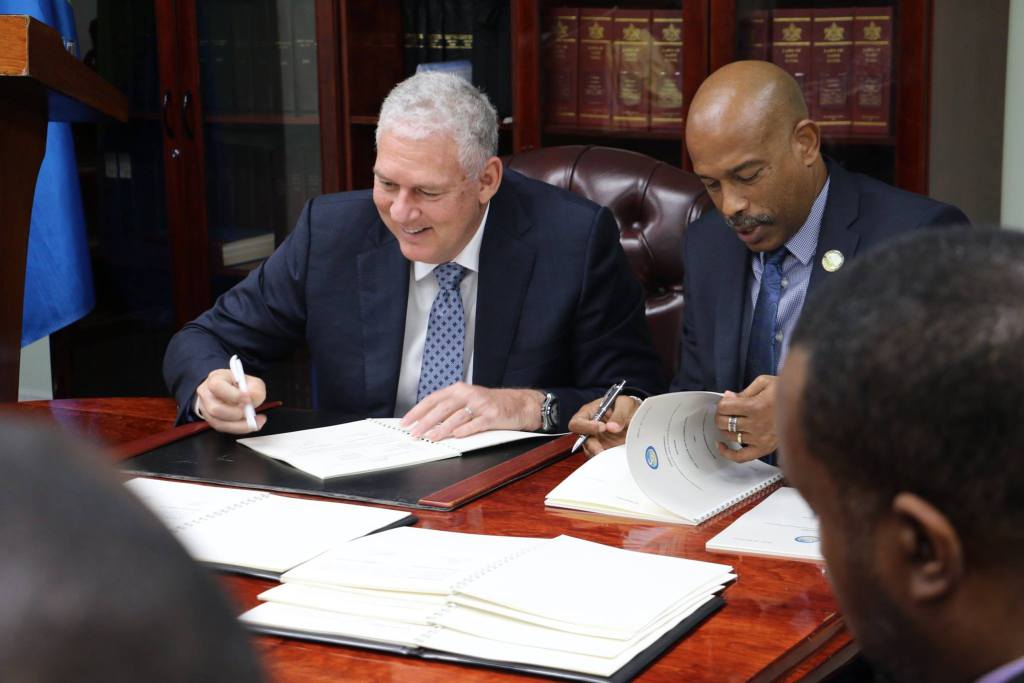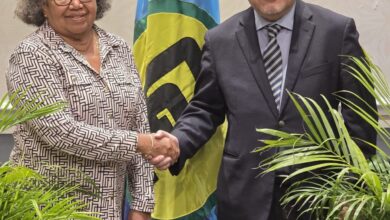The Government of Saint Lucia on Friday signed on for the 2nd cycle from the CARICOM Development Fund (CDF). Since its establishment, Saint Lucia has benefited from the CDF. For the first funding cycle, the Saint Lucia CAP (Country Assistance Programme) was valued at approximately USD $6.1 million or XCD $16.47 million in loans and grants and was designed to enhance private sector competitiveness and youth entrepreneurship.
During this second funding cycle, the CDF Board has approved two (2) projects to support initiatives that are geared to expanding Saint Lucia’s exports, which include strengthening the institutional infrastructure for trade and implementing new programmes for trade competitiveness and village tourism development.
The Village Tourism Grant in the sum of USD $120,000 (XCD $324,000) to finance technical assistance for coordination of the development of village tourism including the provision of technical advice on the establishment of the institutional framework, and for preparation of a road map and business plan for village tourism. Co-financing for the development and support to implement the revised National Export Development Strategy for Saint Lucia in the amount of USD$332,800. (Office of the Prime Minister of Saint Lucia)
CARICOM Development Fund
The CDF was established under Article 158 of the Revised Treaty of Chaguaramas “for the purpose of providing financial or technical assistance to disadvantaged countries, regions and sectors”. It is the centre-piece of the regime to address the disparities among the Member States of CARICOM which may result from the implementation of the CSME. The Agreement Relating to the Operations of the Fund was signed in July 2008 and the CDF began operating on November, 2008. Whilst all Members of the CDF are eligible to receive financial and technical assistance support from the Fund, only the designated disadvantaged countries – the LDCs (OECS and Belize) and Guyana (as a Highly-Indebted Poor Country) received access to resources during the first contribution cycle. Under the second contribution cycle the MDCs, as well as the LDCs, will be able to access resources to address development challenges in their disadvantaged regions and sectors, once the enabling policy framework and operational procedures are agreed to by the Community. The relevant policy, procedures and implementation plan to facilitate this are currently being developed within the framework of the formulation of Regional Cohesion Policy, which the CDF has taken the lead role in preparing on behalf of the Community.






